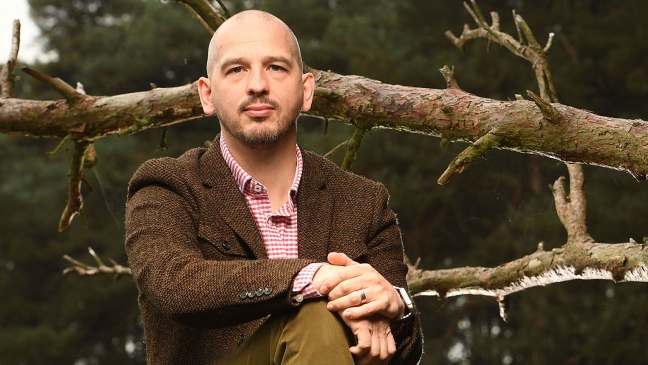School trusts have proven to be a catalyst for positive change in English education, with many trusts systematically improving schools across phases and localities. But how do we support and enhance these efforts on behalf of all children?
Our recently launched School Improvement Hub seeks to gather evidence and examples of successful practices so schools and trusts can learn from one another. This isn’t about grand plans or claiming that certain trusts have all the answers, but helping uncover good approaches, both big and small, wherever they are taking place.
Our conceptual model for trust-led school improvement allows us to compare and understand the differing approaches trusts take. The exploration has already revealed some fascinating insights from trusts.
School improvement case studies
For example, the Lighthouse Schools Partnership describes how it leverages the collective capacity across the trust to support improvement. As Neil Lankester, director of school improvement, says: “It’s about using our capacity in the best way. If our school improvement team is at the centre playing Whac-a-Mole, it wouldn’t work at scale. We have to have cohesion in the trust to draw upon our best expertise.”
Some of this cohesion is achieved through trust-wide approaches to CPD. It’s also about building connections across the organisation, with schools encouraged to visit other schools in the trust to explore how they might implement changes.
Plan, pilot, review
At Danes Educational Trust, meanwhile, there’s a focus on a process of improvement that draws on evidence and ongoing evaluation to test initiatives before rolling them out across the group, as CEO Josephine Valentine says: “You have a hypothesis, you pilot it, review it, evaluate it and roll it out appropriately - or abandon it.”
Examples in the case study illustrate how this was achieved in relation to developing oracy and improving attendance, as well as digging into employee engagement.
The trust’s approach is centred around the notion of “one trust”. An example of this is the secondments it uses to build capacity in the central team while giving these talented leaders 30 days of experience working with other schools in the trust.
Attendance and schools
And our latest case study looks at Northern Education Trust (NET). Many will be aware of NET’s work on the attendance hubs initiative, with CEO Rob Tarn appointed as the government’s attendance ambassador. But this case study explores some other areas of the trust’s work, showcasing their impactful work on reading and their approach to innovation.
It’s fascinating to read that while people outside NET might assume its focus on ensuring consistency across its schools (the 80:20 model) stifles innovation, the trust’s experience is the opposite: “Teachers and leaders across the trust are constantly challenged to innovate.
“If they come up with a new idea, the NET central team will show it to the headteachers of each school and ask whether they like it. If they do, then it will be implemented - across all NET schools.”
This trust-wide alignment, infused with innovation, is cited as a key part of the trust’s success in turning around schools where standards had previously been low.
Common approaches
These three case studies reveal important differences in the way trusts think about and enact school improvement. But all three can point to evidence of their impact on educational quality. This is what makes this such a complex and fascinating area.
There are similarities, too, of course, and one of the striking things is how each of the trusts is, in its own way, deliberately building a sense of what it means to be in the trust, with improvement at the heart of that identity.
Part of this seems to be a growing recognition of the need to become aligned in certain areas. But this appears to be much more complex than the rather stale “autonomy versus centralisation” framing that is often applied.
More help needed
These insights are just scratching the surface and are only the beginning of the School Improvement Hub. To truly capture the breadth and depth of trust-led school improvement, we need more examples, experiences and evidence. We need your trust’s input.
This is why we’re delighted to be working with ImpactEd on a call for evidence.
We want to make it as easy as possible for all trusts to contribute to this crucial initiative. We’re not expecting you to come to us with fully formed case studies - we can help develop these with you.
The first step is to complete our short and simple online form. There are a few text boxes to fill in, which will help us to see a broader picture across the trust landscape. ImpactEd will dig into some of the practices in more detail by engaging directly with some of the trusts that get involved.
This is a great opportunity to showcase what you do and to contribute to this unique and sector-leading initiative.
If the power of trusts is in bringing schools together, imagine what the School Improvement Hub can achieve for all children with trusts working together across the system.
Steve Rollett is deputy CEO at the Confederation of School Trusts
For the latest education news and analysis delivered directly to your inbox every weekday morning, sign up to the Tes Daily newsletter




